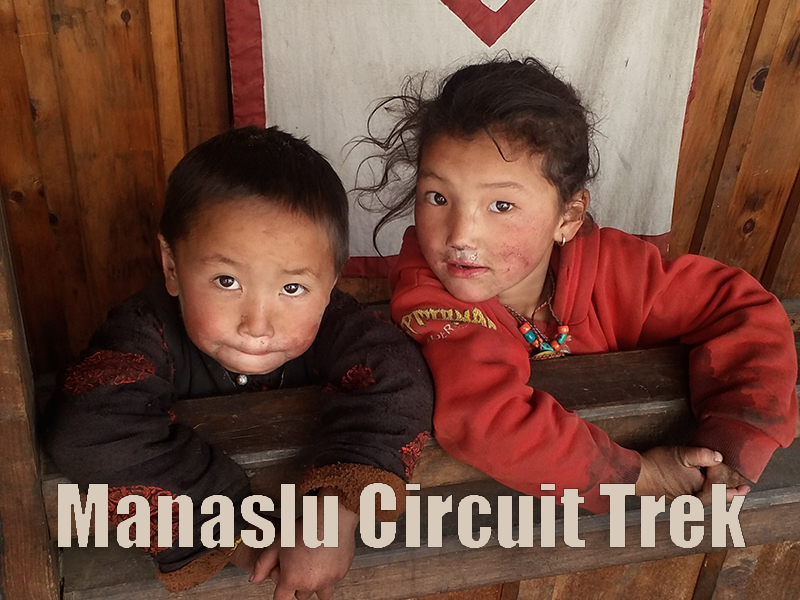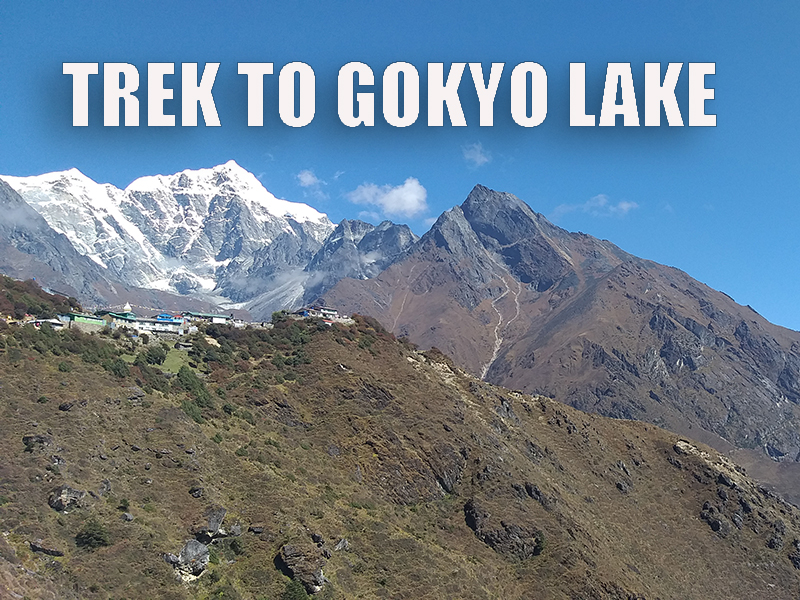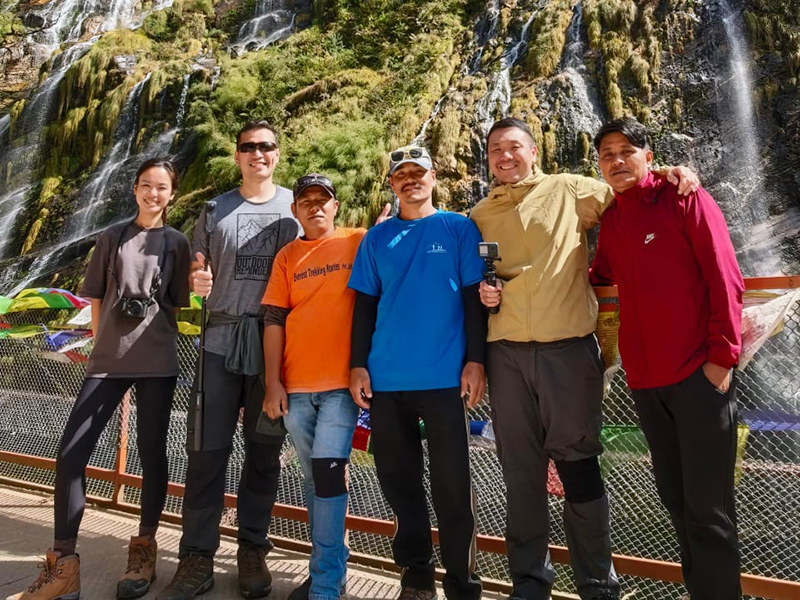Lobuche Peak

Out of 461 mountains permitted to climb in Nepal, Lobuche Peak is peculiar! There are two peaks under the same name. The first one is the Lobuche East Peak and the second one is the Lobuche West Peak. Both of these peaks are interconnected with each other by a gigantic ridgeline. In today’s blog, we go deeper into finding out various aspects of the Lobuche Peak.
Nepal Mountaineering Association which is the governing body for all kinds of climbing and expedition activities in Nepal under the Nepal Government has identified Lobuche East Peak as the trekking peak and Lobuche West as the expedition mountain. Therefore, the approach of climbing these mountains is different. Moreover, the modern Peak Climbing scenario is more focused on the Lobuche East Peak Climbing. The altitude of the Lobuche East is 6119 m and the altitude of the Lobuche West Peak is 6145 m.
The Lobuche Peak is located in the Solukhumbu district of Nepal. The district is divided into two parts geographically. The lower section of the district is popularly called as “Solu” and upper section is called as Khumbu. Yes, Lobuche Peaks are located in the Khumbu region nearby the world’s tallest mountain Mt. Everest. The peak is inside the world’s highest situated national park the Sagarmatha National Park.
Laurence Nielson and Sherpa Ang Gyalzen: First summiteers of Lobuche
People often get confused about this mountain. Some climbers even mistake about the actual summit of the mountain. Most of the climbers climbing the mountain end up reaching the false summit instead of the actual summit. The Lobuche East 6119 m was first climbed by the team of Laurence Nielson and Sherpa Ang Gyalzen on 25th April, 1984. The Lobuche West Peak was firs climbed on 1955 via the Southern Shoulder. Ever since, thousands of climbers have successfully climbed this amazing mountain. The mountain is taken as the preparatory and acclimatization climb before embarking on the Everest expedition journey.

Everest Base Camp Trek: Acclimatization trek for Lobuche East Peak Climbing
The biggest plus factor of embarking on the Lobuche Peak Climbing journey is that climbers get chance to visit the iconic Everest Base Camp as well. Climbers trek to the Everest Base camp before heading towards the Lobuche High Camp via Lobuche Base Camp. The journey of the Everest Base Camp not only serves as the acclimatization activity but also provides an immense memory of reaching the base camp of the world’s tallest mountain MT. Everest. Therefore, the peak climbing activity is also known as the Everest Base Camp Trek with Lobuche Peak Climbing.
Lobuche Peak Climbing Route and Outline Itinerary
The climbing route of the Lobuche Peak is different from other trekking peaks of Nepal. Usually, the climb takes place by making the base camp as the starting point. However, the Lobuche East Peak Climbing officially starts from high camp. There are no tents or accommodation in the base camp of the mountain. The summit push starts around 1 am in the midnight and in about 7 to 8 hours, climbers reach the top of the peak. Most of the climbing ends in the false summit which is just few meters behind the actual summit.
The trekking trail from Lobuche Village to Lobuche High Camp via Lobuche Base Camp is rugged and full of rocky boulders. The High Camp is nearby the small glacial lake below the big boulder. In some sections, climbers may have to use rope to do vertical climbing. However, the climbing route of Lobuche Peak is comparatively easier than the Island Peak Climbing.

Here is the outline itinerary of the Lobuche Peak Climbing in Nepal:
- DAY 01: ARRIVAL IN KATHMANDU (1,400M)
- DAY 02: FLY TO LUKLA, TREK TO PHAKDING (2,651M/8,700FT): 40 MINUTES FLIGHT; 8KM, 3 – 4 HOURS TREK
- DAY 03: PHAKDING TO NAMCHE BAZAAR (3,438M/11,280 FT): 11KM, 5 – 6 HOURS
- DAY 04: ACCLIMATIZATION DAY – NAMCHE BAZAAR: (3,440M/11,284FT)
- DAY 05: NAMCHE BAZAAR TO PHORTSE (3,870M/12,694FT): 10KM, 5- 6 HOURS
- DAY 06: PHORTSE TO DINGBOCHE (4,360 M/14,300 FT): 9KM, 5 – 6 HOURS
- DAY 07: DINGBOCHE ACCLIMATIZATION DAY
- DAY 08: DINGBOCHE TO LOBUCHE (4910 M) 5/6 HOURS
- DAY 09: LOBUCHE TO GORAK SHEP (5170 M/16,961FT), VISIT EVEREST BASE CAMP (5364 M/17,594 FT): 13KM
- DAY 10: GORAK SHEP TO KALA PATTHAR (5,545M/18,192FT) TO LOBUCHE BASE CAMP (5000M) 7-8 HOURS
- DAY 11: LOBUCHE BASE CAMP TO HIGH CAMP (5400M) 3 HOURS
- DAY 12: LOBUCHE HIGH TO SUMMIT AND BACK TO BASE CAMP (6119M) 8/10 HOURS
- DAY 13: LOBUCHE BASE CAMP TO PANGBOCHE (3,985M/13,074FT) 5-6 HOURS
- DAY 14: PANGBOCHE TO NAMCHE BAZAAR (3,440M/11,280 FT): 20KM, 6 – 7 HOURS
- Day 15: Namche Bazaar to Lukla (2,800m/9,186ft): 19km, 6 – 7 hours
- DAY 16: FLY TO KATHMANDU (30 MINUTE) EXPLORE AND SHOPPING
- DAY 17: FINAL INTERNATIONAL DEPARTURE
Island Peak Climbing vs Lobuche East Peak Climbing
Nepal’s Everest region is blessed by three iconic and popular trekking peaks. These peaks are Island Peak, Lobuche Peak, and Mera Peak. The location of the Mera Peak is inside the Makalu Barun National Park but Lobuche and Island Peak are inside the Sagarmatha National Park. In terms of the climbing difficulty, Island Peak is slightly difficult than the Lobuche Peak. The steep and narrow ridgelines on the way to the top of the Island Peak make it difficult for climbers to navigate easily. In addition, there are few technical crevasses in the Island Peak Climbing route. You shouldn’t forget the fact that these two mountains are near to each other and act as the preparatory for higher expeditions.
How much does climbing permit of Lobuche East Peak cost?
The peak climbing cost for almost all the trekking peaks is similar with few exceptions. The cost of climbing the Lobuche Peak during spring season is 250 $, autumn season 125 $, summer/winter season is 70 $, Pasang Lhamu Rural Municipality Cost is NRs. 3000, and Sagarmatha National Park entry permit cost is NRs. 3000 to foreign climbers and NRs. 1500 to SAARC climbers.
The peak is an ideal choice to both novice and experienced climbers. Climbers with no experience get basic climbing training in the Lobuche Peak High Camp. They learn about handling axe, rope, and climbing communication. For safety and best experiences, choose months of spring (March – May) and autumn (September – November) for this thrilling climbing adventure in an abode of Mt. Everest.
Recent Travel Blog
Travel tips and Mostpopular activities around in Himalayas.

Manaslu Circuit Trek with Local Trekking Guide
Manaslu Circuit Trek with Local Trekking Guide is the best way to understand the unique, spiritual, and natural wonders of the region. The trail is slowly getting attention from trekkers…

Highlights of Everest Gokyo Trek
Gokyo Lakes & Everest Views: Highlights of the Everest Gokyo Trek Everest region has always been the centerpiece of Nepalese tourism industry. If you are in search of the Himalayan…

Winter Trekking in Nepal
Do you prefer to do trekking activities in tranquil environment? If yes, winter trekking in Nepal is the best activity that you should not miss out. During this time of…



